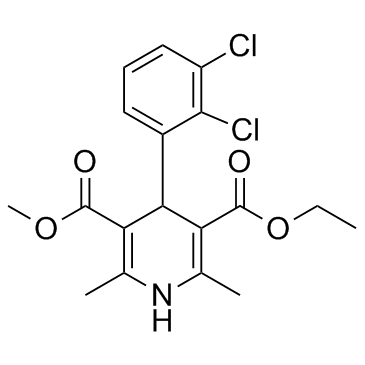| Structure | Name/CAS No. | Articles |
|---|---|---|
 |
Felodipine
CAS:72509-76-3 |
|
 |
Isradipine
CAS:75695-93-1 |